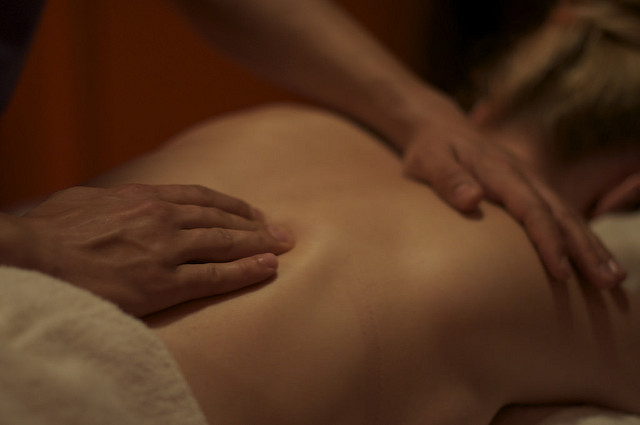Myofascial release caused “deformation” of thoracolumbar fascia
A study from National Taiwan University attempted to quantify the immediate effects of myofascial release on the mechanical properties of posterior thoracolumbar fascia in healthy men using ultrasound. They found a decrease in thoracolumbar fascia stiffness after application of myofascial release. Before jumping to any conclusion about “deformation” of fascia, we need to understand terminologies used in biomechanics. The paper, published in the Feb 2017 issue of Musculoskeletal Science and Practice, is quite technical. Here deformation means the change in form as measured by the displacement of the muscle–fascia junction (lengthening of fascia) using an ultrasound instrument. Meanwhile stiffness index is a measure of how much force is required to change a unit of length of myofascia.
In the experiment, ten participants, aged 22.8 ± 2.0 years were recruited. They first performed a press-down to maximal voluntary contraction in the prone position. Deformation (length changes of the muscle–fascia junction) of the throracolumbar fascia was measured using an ultrasonographic instrument. Force output was simultaneously measured. This allows a representation of force as a function of deformation (a change in length). A stiffness index was calculated from the force and displacement curve. Measurements of force and deformation was conducted before and after myofascial release (participants laid down on their left side and abducted their shoulder to their ear and extended their hip, and then the investigator applied force between the pelvis and muscle–fascia junction with a cross-hand technique).
The main finding of this study is a decrease in the stiffness index of the thoracolumbar fascia after myofascial release and a greater difference in deformation between 50% and 100% maximum voluntary contraction. The main objective of this paper is to propose a method that measure changes in length of fascia-muscle junction “live” using ultrasound technique. As with previous research, this study dispels the myth that states fascia is an inert material that cannot be affected by manual therapy.

